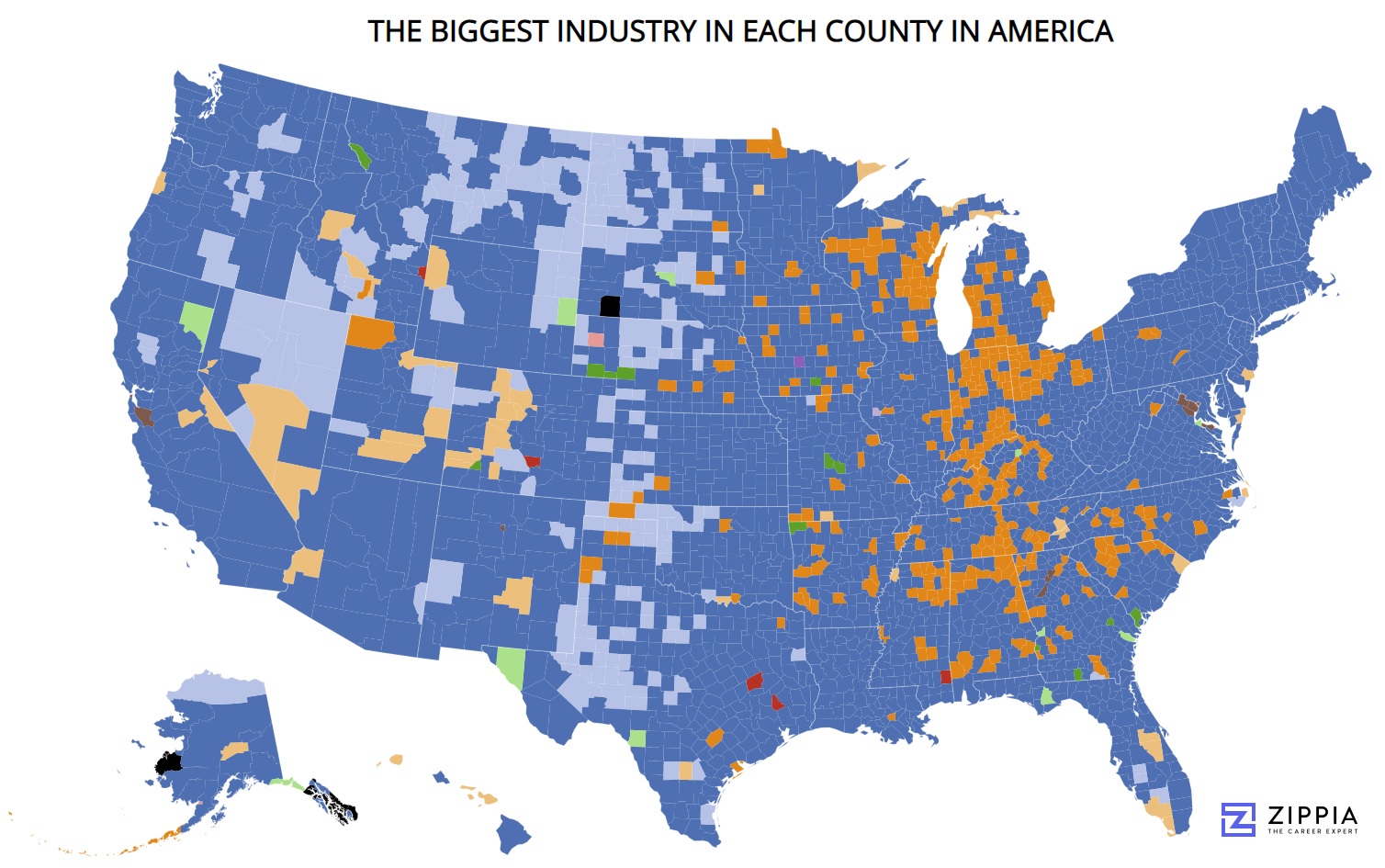summar~ and Conclusions
The theories of pricing behavior which have been offered
to explain long run domestic steel pr icing and the data which'
have been presented relevant to those theor ies can now be
summarized.
Summary of Th~or ies of Domestic Steel Pr icing:
(i) Costs and target rates of return, more so than demand,
...~ .
are pr ime determinants of pr ices.
(ii) Subject to liinitations imposed by imports and minimills,
the maJor àomestic mills pr ice to cover full costs
plus target rates of return.
(iii) Prices are set by the United States Steel Corporation
acting as a dominant firm facing a competitive fringe
of other domestic suppliers and imports.
(iv) The large integrated domestic producers set prices
acting as a dominant cartel facing a competitive
fringe of smaller domestic suppliers and imports.
(v) The pr ic ing of the Un i ted States steel industry is
characterized by "barometric price leade~~hip": i.e.,
even though structurally different from a competitive
industry, pr ices are not sustained above competitive
levels and they change in a pattern which mimics
a competitive industry. ~/
2/ See Scherer (26, pp. 170-1731 for a more detailed descriprion of barometric price leadership.
-168-
Evidence Relevant to Steel Pricing:
1.
The United States Steel Corporation's market share has
fallen from 65.4 percent in 1902 to 22.1 percent in 1976.
However, the decline slowed after 1961.
2. Since 1960, actual steel pr ices have risen and fallen
with demand; this was the conclusion of the Rippe and Mancke
stud ies and in the fol low ing sect ion fur ther and deta i led
documentation of this fact is provided.'~'
3. Since 1960, the United States Steel ~orporation has
joined the "chiselers" in offer ing clandestine discounts off
the list prices of steel.
4. Beg inning in 1968, the Bethlehem Steel Corporat ion
has made a number of efforts to eradicate price cutting by
lowering list prices to the erstwhile secret levels.
5. Imports of steel mill products have risen (1.2 percent
of apparent steel consumption in 1955; 17.9 percent, in 1971;
and 14.1 percent, in 1976), so that they represent a check
on the pr ic ing pr act ices of the domest ic indu stry.
6. The rate of return on equity for pr imary iron and
steel was less than the average for all manufactur ing for all
years from 1958 to 1973, inclusive (from chapter 2).
Conclusions. The long run pricing behavior of the United
States' steel industry changed after 1959. While theor ies of
dominant firm (i i i) or dominant cartel (iv) pr ic ing had some
validity prior to 1960, these theories are inconsistent with
the evidence just summarized for the post-1960 period. In
-169-
particular, points 1, 3,4, and 5 of the evidence summary argue
against dominant firm pricing while 3, 4, 5, and 6 are evidence
against dominant cartel pricing. Similarly, th€ories of steel
pricing for the post-1960 period which argue that òemand is
unimportant (i), or not very important (i i), do not appear to
be consistent with points 3, 4, and especially 2 of the evidence
summary.
. ~~ .
Since 1960, the identity of the industry price leader has
varied, with Armco Steel and Bethlehem Steel occasionally
sharing the leadership role with U.S. Steel. Price leaders'
efforts to raise prices have occasionally been rebuffed as
price hikes tended to be followed only when they reflected
basic supply and demand conditions. The price leadership that
exists in the industry does not appear to have facilitated the
sustained at ta inment of monopol ist ic pr ices. It appears the
industry's pricing practices are best characterized by the
term "barometric price leadership." That is, they reflect
underlying demand and supply conditions.
II
. CYCLICAL PRICING PRACTICES 1
Many authors have argued that the U.S. steel industry is
one of the major industries which "administers prices." While
the concept of an administered price varies somewhat, depending
on the author, a consensus has deve loped. Admin istered pr ices
have come to mean those, characteristic of highly concentrated
industries, that do not fall much during general business
contract ions and wi 1 1 not ri se much in ensu ing expans ions.
-170-
Moreover, it is argued that output, inventories, and order
backlogs will fall by a greater amount in administered price
industries during contractions (26, ch. 12).
The evidence on whether the U.S. steel industry has been
character ized by this concept of administered pr icing will be
examined. Administered pricing would make the U.S. industry
more susceptible to import erosion dur ing the trough of the
business cycle. Additional questions s~uòied are whether the
steel industr ies in the other major producing nations have been
character ized by administered pr icing and whether the loss of
the U.S. markets to imports is due, in fact, to differences in
pricing policies across nations.


